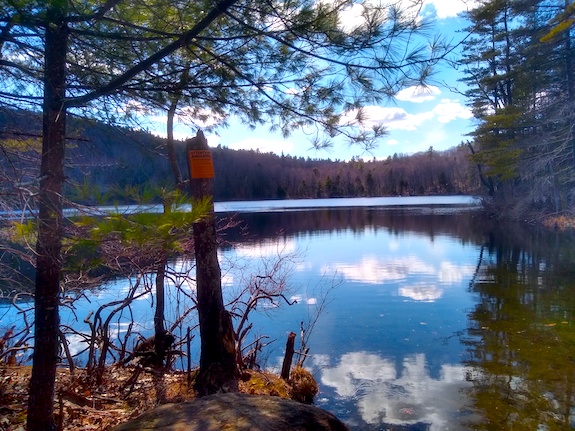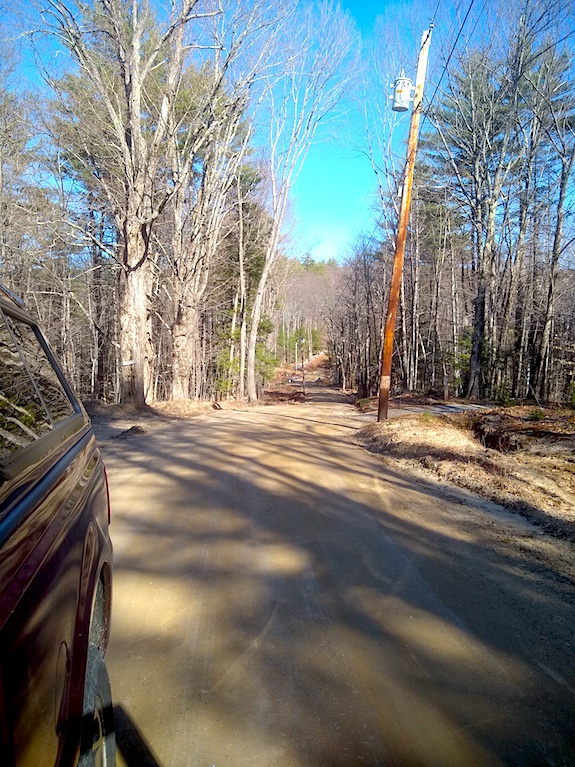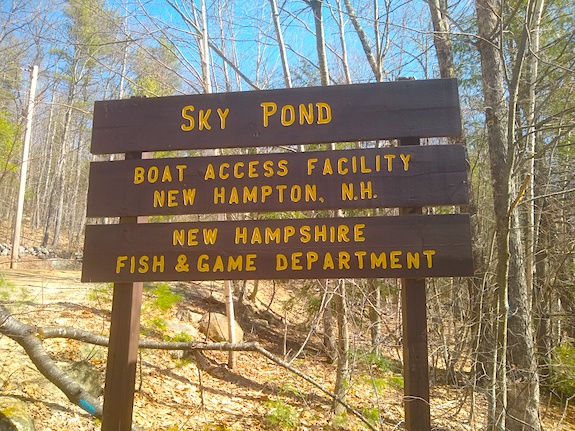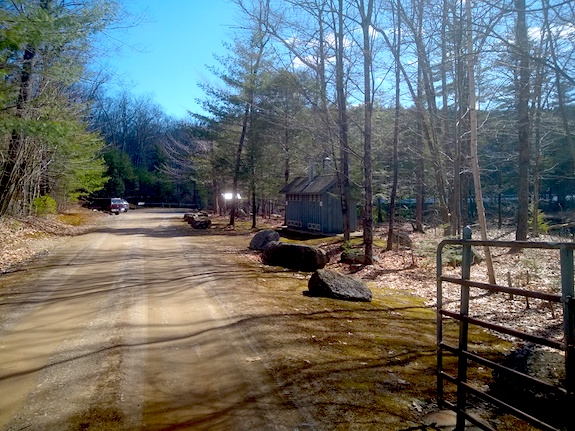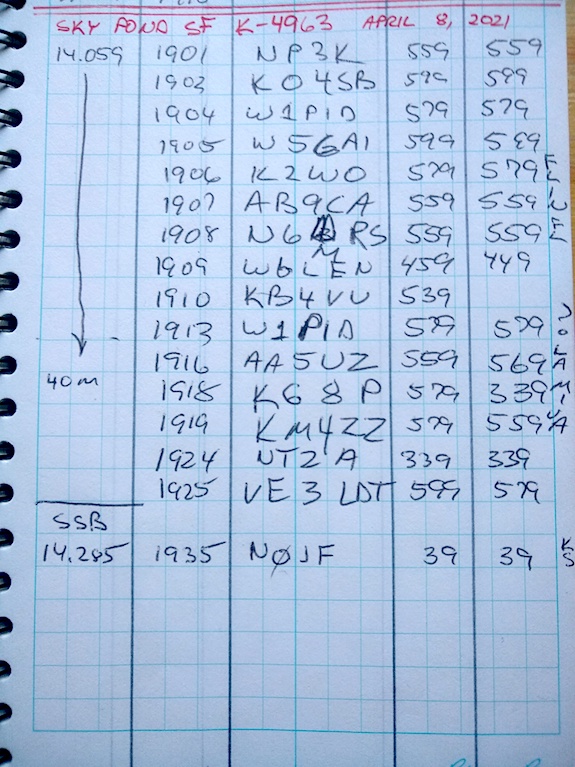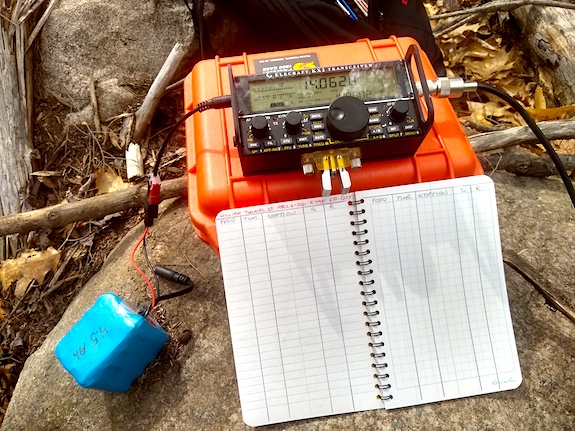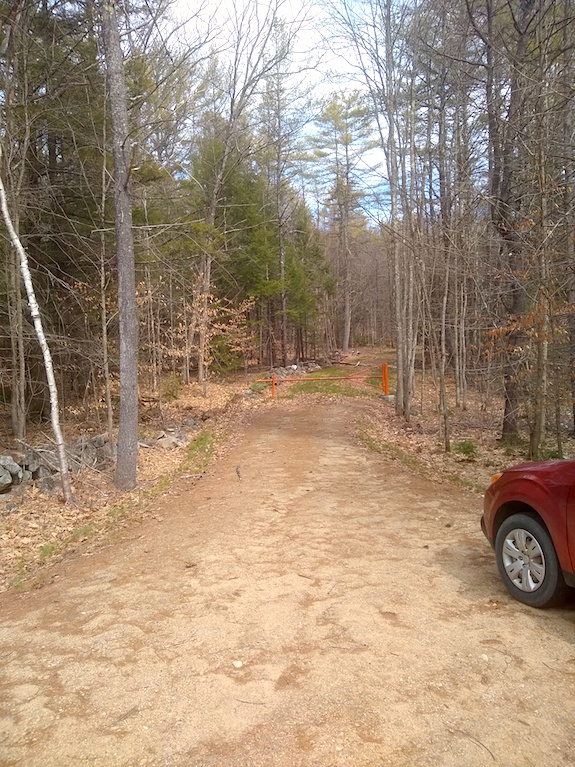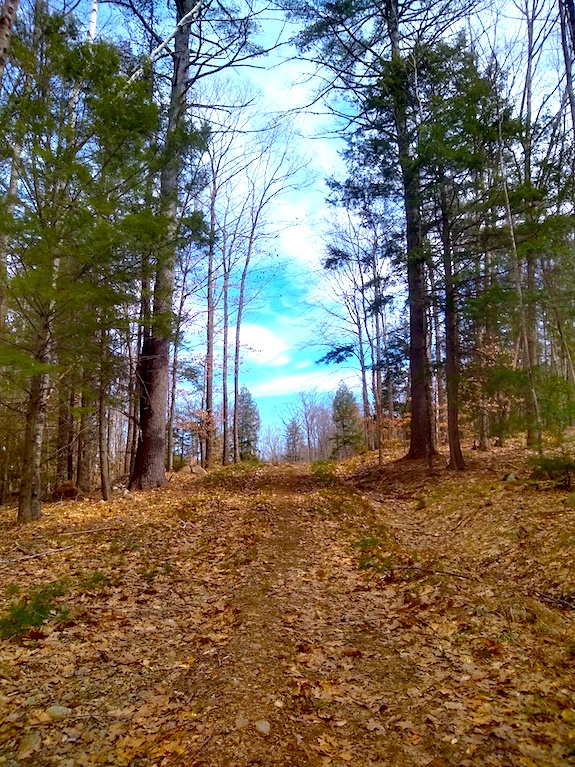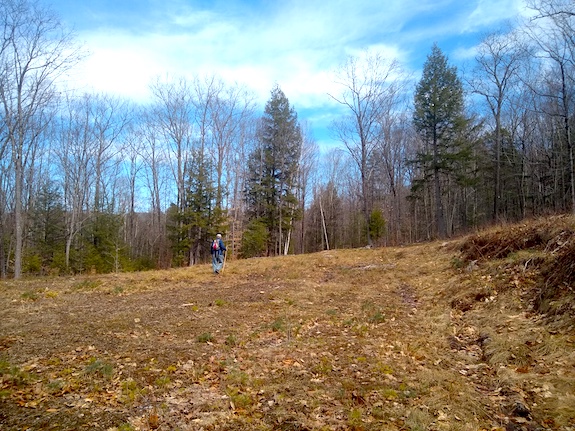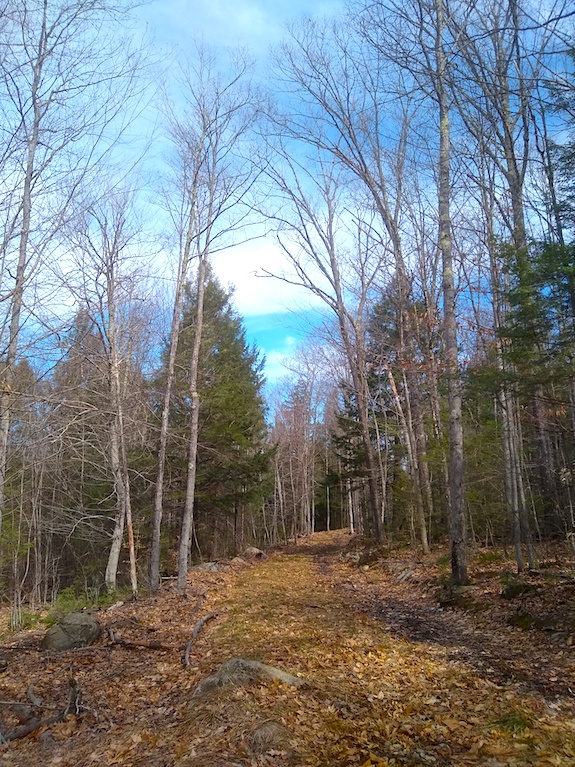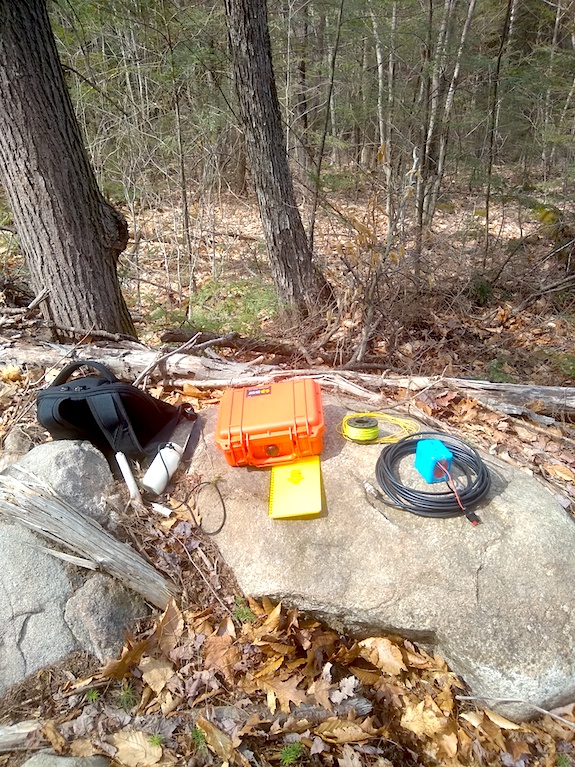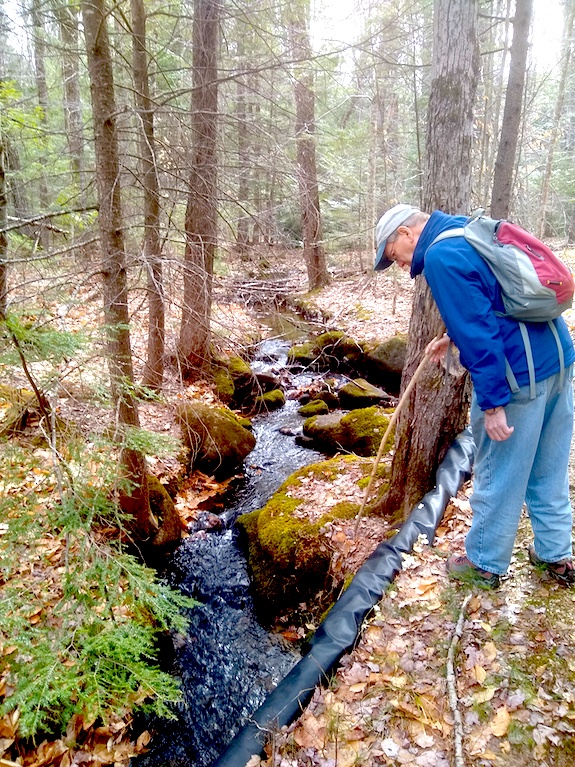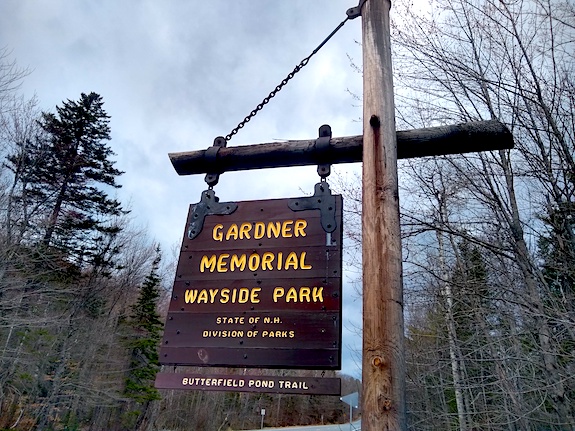
Gardner Memorial Wayside Park – Amateur Radio
Yesterday I set up my Elecraft KX3 radio on a wonderful picnic table at Gardner Memorial Wayside State Park near Wilmont, New Hampshire.
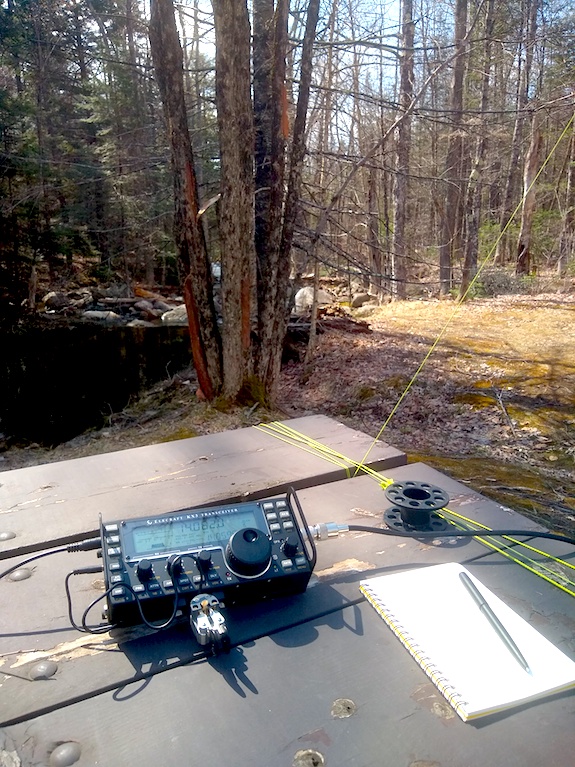
Here’s my trusty Elecraft KX3 with my Rite-in-the-Rain waterproof notepad. See that dandy black reel? That’s what my antenna and halyard string are stored on. It’s the BEST REEL on the Earth Ball. My coveted Begali Adventure Dual key is on the KX3. This table is just about 8 feet from the edge of a pristine stream that runs through the park. Downstream just 1/10th mile is the foundation of an old mill.
I met Dave Benson, K1SWL, there just before 10:30 AM. We had talked for a few weeks about doing a joint POTA and WW-FF radio activation. The plan was for Dave to drive up the road just 1/2 mile and set up within the boundaries of Giles State Forest. We would both be on the air at the same time, but activating two different entities.
I had no trouble getting my vertical 29-foot antenna up into a tree adjacent to the picnic table. A single throw got the top of the halyard about 45 feet over an upper branch.
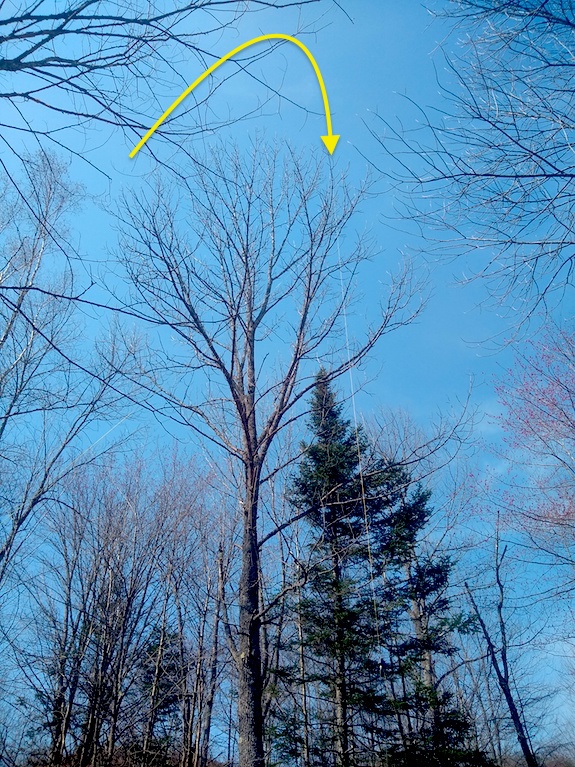
The tip of the yellow arrow points to the top of the halyard string line. It’s really easy to get a water bottle 50 feet up into the air after you’ve practiced for about six or seven years. Don’t ask about the day at the Newport NH airfield when I was with Dave and Jim Cluett, my outdoor radio mentors!
Within minutes I had my 9:1 unun and 17-foot counterpoise connected to the antenna wire. I estimate the top of the antenna was about 38 feet in the air. It would work well it turns out.
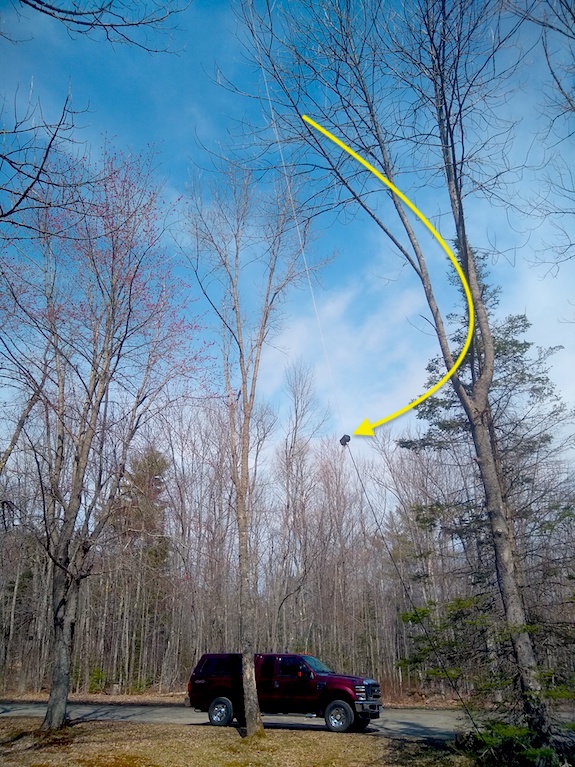
The tip of the arrow points to the 9:1 unun. You need this magic box to lower the impedance of the antenna so you don’t harm the fragile electronics inside the radio. You should be able to see the thin yellow antenna wire extending up into the tree.
As soon as I connected my 4.5 Ah BioennoPower battery to my KX3 and turned it on, I heard a really strong signal on 20 meters – 14.062. That was a good sign I’d be filling my logbook with contacts.
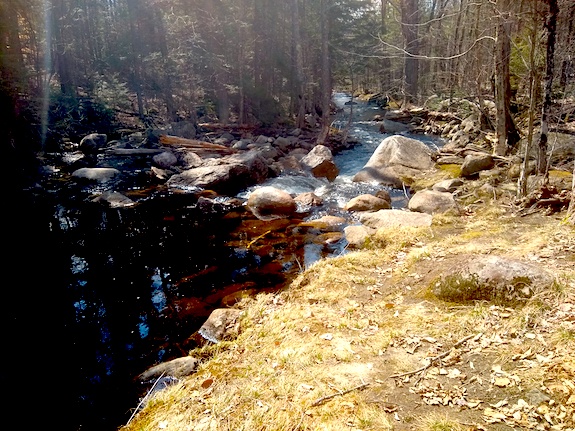
This was the babbling brook just on the other side of my picnic table. What a grand place to have lunch on a warm day.
Twenty-Six Contacts in 46 Minutes
I was on the air five minutes early and immediately contacted George, KC4TVN. He was lurking around the QRP watering hole of 14.060 and heard me calling CQ on 14.059. It was a thrill to pen his callsign into my logbook.
Next up was Jess, W6LEN, in Huntington Beach, CA! Jess is a remarkable radio operator and he helps activators like me and Dave by spotting us so other operators know where we are.
I then contacted my mentor, Jim Cluett, W1PID, immediately after Jess. I could tell it was going to be a busy next hour or so.
I was pretty busy for 34 of the 46 minutes. There are gaps of time in my logbook where I was calling CQ as the chasers dwindled down to nothing. I then had to change frequency and get re-spotted.
Forty Meters – A Graveyard
After contacting 24 operators on 20 meters including three in Europe, I switched to 40 meters. Normally you can expect to connect with lots of radio operators in the Midwest. Today 40 meters was pretty much dead. I did connect with KA1CPR in Byfield, MA and KD1CT in Barnstead, NH.
I decided to pack up and called Dave on our small 2-meter VHF handheld transceivers. “Dave, I’ve run 20 and 40 dry. I’m headed your way.”
“Fine. I’m up the road about a half-mile at the crest of the hill. I’m tucked in next to a gate.”
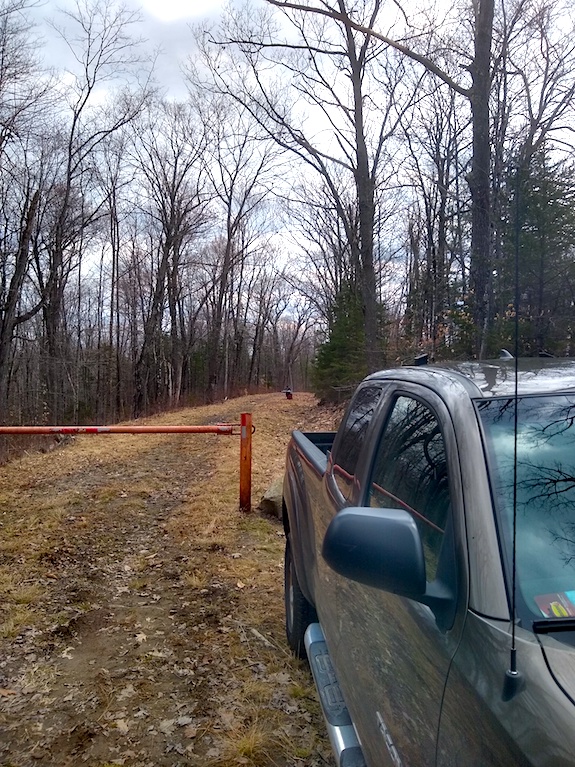
Dave is that tiny speck down the road.
Within ten minutes I was parked and walking towards Dave who was set up on a nice level road within Giles State Forest. As I walked closer to him, I heard him talking with another operator. Here is part of the conversation:
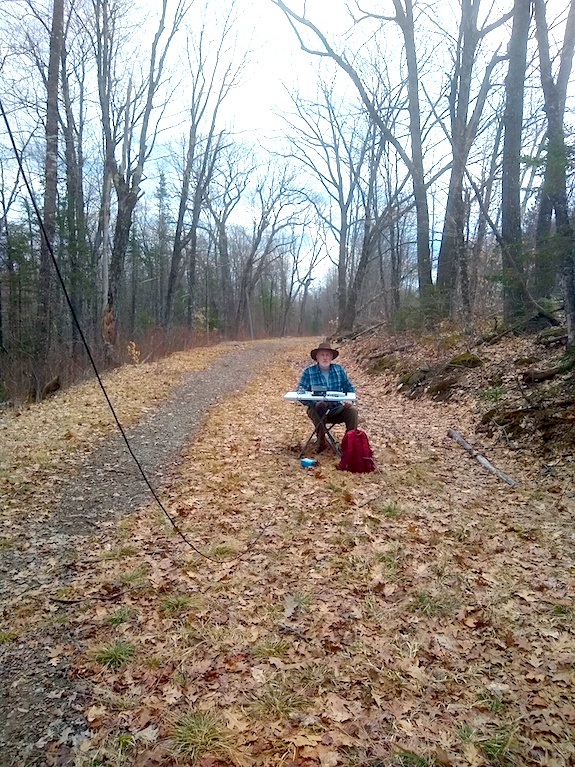
Here’s Dave Benson, K1SWL, doing his extended conversation with KD9CK.
As I walked up to Dave, he was in an extended conversation with KD9CK. They were both doing Morse code about 20 words per minute (WPM) which is about 6 words faster than I can copy in my head.
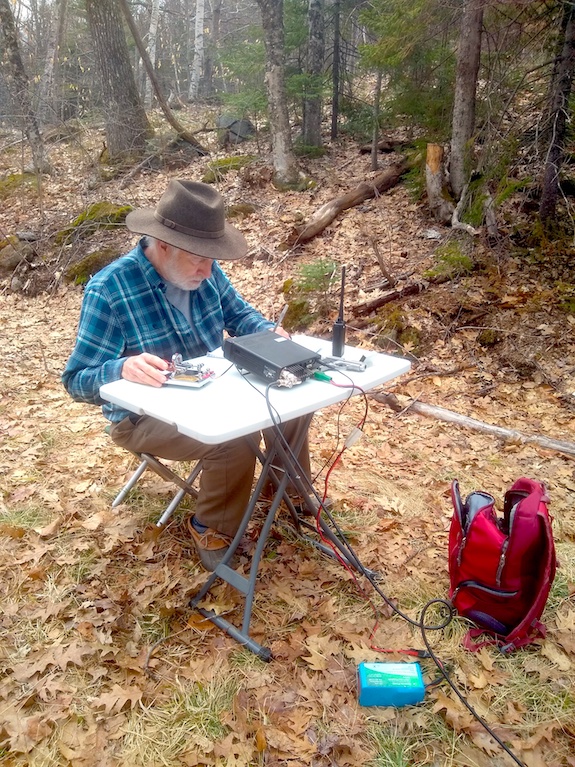
Dave is concentrating on incoming Morse code.
I caught letters and numbers here and there, but not enough to understand what was being talked about. For all I know they could have been hatching secret plans to invade Cuba!
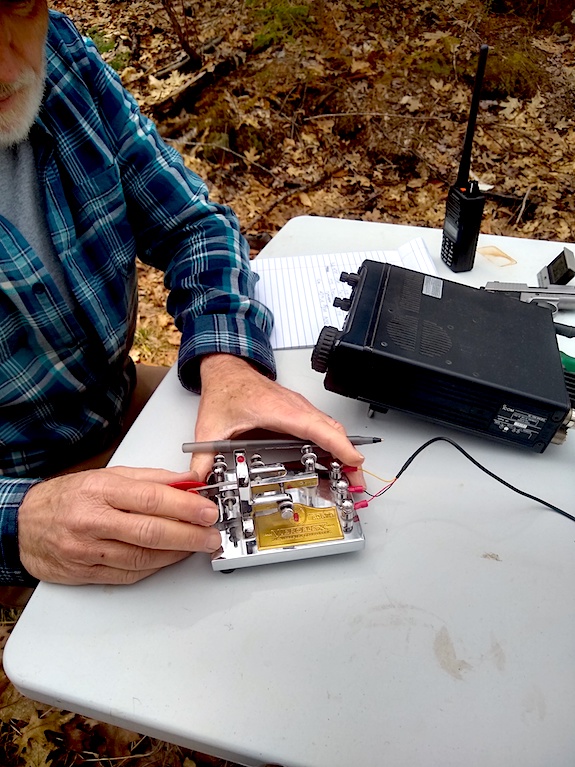
Dave is using a Vibroplex bug to send Morse code. He also had a 100-watt mobile radio whereas my Elecraft was just burping out 10 watts. This allows him to be heard by more operators and thus he can add more contacts to his logbook. In all, he made 40 contacts, but much of that is his superior operating and listening skills not so much the extra power.
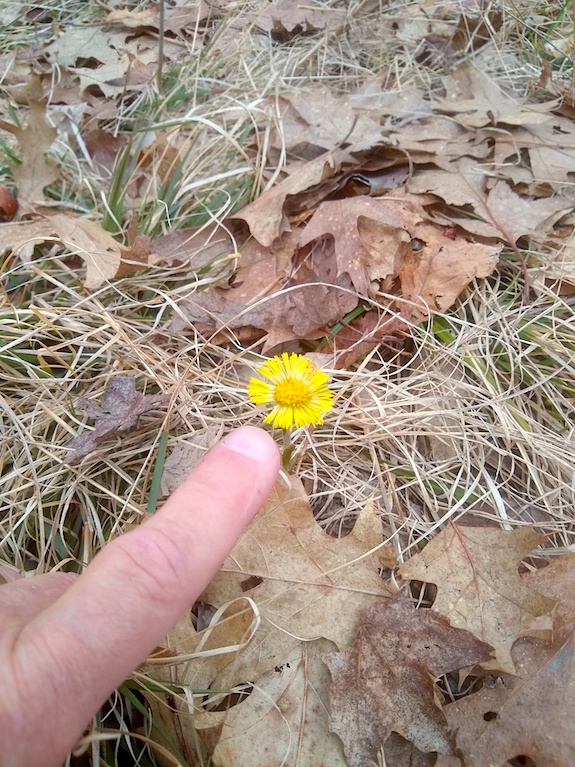
Here’s a sure sign of Spring. A coltsfoot flower just feet away from Dave’s table. It’s a relative to the dandelion.
Dave and I had planned to have a wonderful pizza lunch back in Andover, NH, but we discovered much to our displeasure that the restaurant is closed on Tuesdays.
Bah Humbug to that! We said goodbye in the parking lot and decided to do another POTA and WW-FF adventure soon before the black flies start to matter. That’s just weeks away here in New Hampshire.


